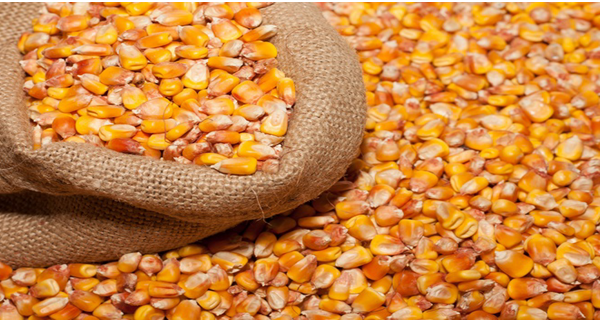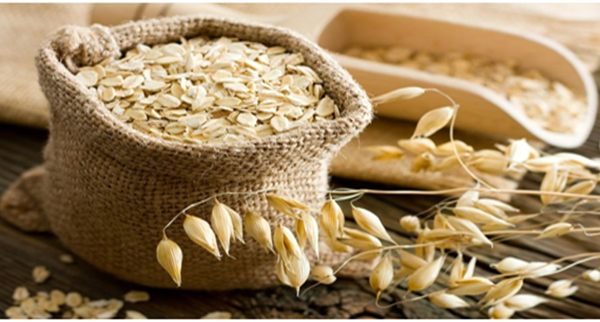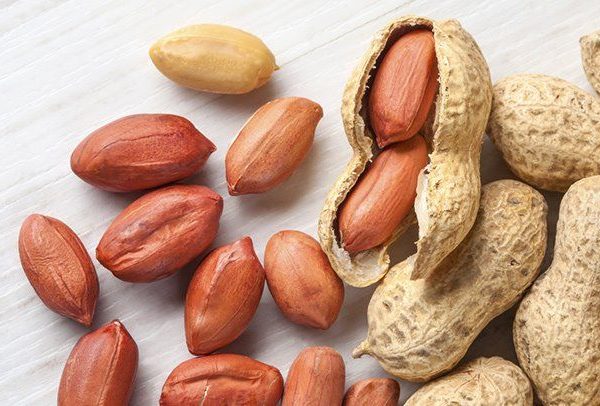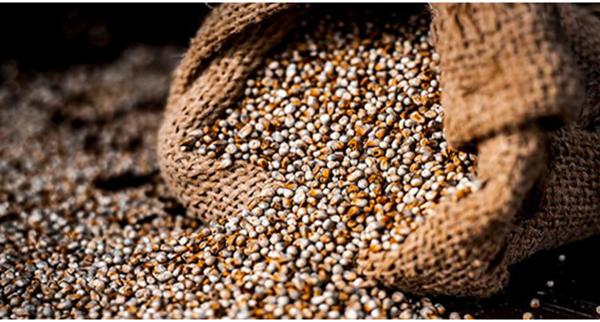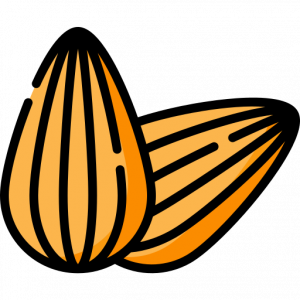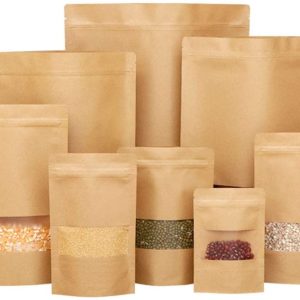Description
Wheat is one of the most important and one of the largest cultivated cereal crops in the world, and counts as a staple food grain for a majority of countries. It is also one of the most traded agri-commodities. India has already built a formidable reputation as an exporter of quality wheat.
The main varieties of wheat grown in India are as follows
- VL-832,VL-804
- HS-365, HS-240
- HD2687,WH-147
- WH-542, PBW-343
- WH-896(d)
- PDW-233(d)
- UP-2338
- PBW-502
- Shresth (HD 2687)
- Aditya (HD 2781)
- HW-2044
- HW-1085
- NP-200(di)
- HW-741.
Demand of India’s wheat in the world shows a rising trend. India has exported 20,88,487.66 MT of wheat to the world for the worth of Rs. 4,037.60 crores/549.70 USD Millions during the year of 2020-21. The major wheat growing states in India are Uttar Pradesh, Punjab, Haryana, Madhya Pradesh, Rajasthan, Bihar and Gujarat. While this cereal grass has been studied carefully in the past, recent years of painstaking research by India’s finest scientific talent has paid off with the development of distinctly superior varieties of Durum Wheat.
Wheat varieties are highly differentiated in terms of their agronomic and end-use attributes. Based on criteria such as kernel hardness, colour, growth habitat, and protein content, wheat is divided into several classes. Colour and hardness refer to physical properties of the wheat kernel. Based on the colour of the outer layer of the kernel, common wheat varieties are described as white, amber, red, or dark, while the hardness of the kernel is used to characterise them as hard or soft. Most wheat varieties grown today belong to the broad category of common or bread wheat, which accounts for approximately 95% of world wheat production. The remaining 5% of world wheat production is durum wheat used to produce pasta and couscous.
Wheat can be classified in three ways:
- Colour (e.g., amber, red, dark or white)
- Planting season: spring wheat, planted in the spring and harvested in early fall; winter wheat, planted in the fall, harvested the following summer.
- Characteristics of the grain: durum, hard bread wheat, and soft wheat.



